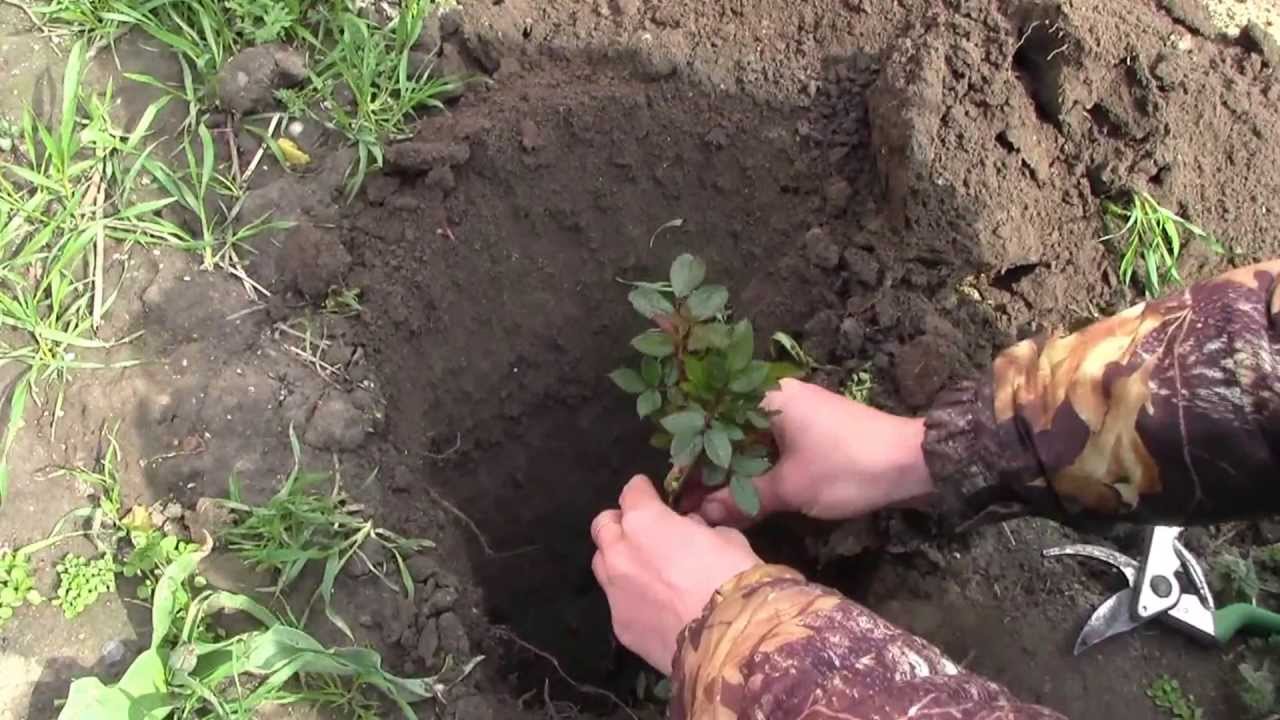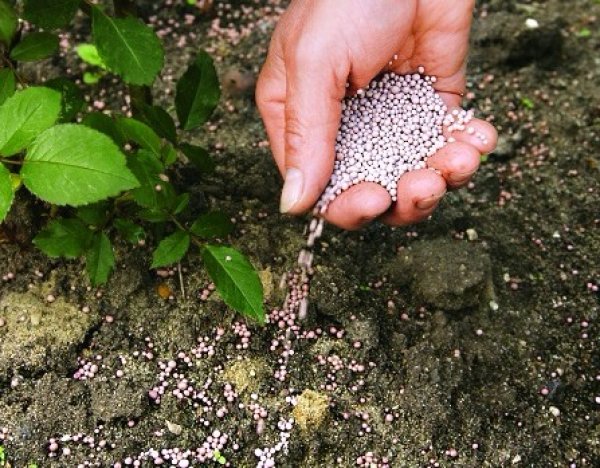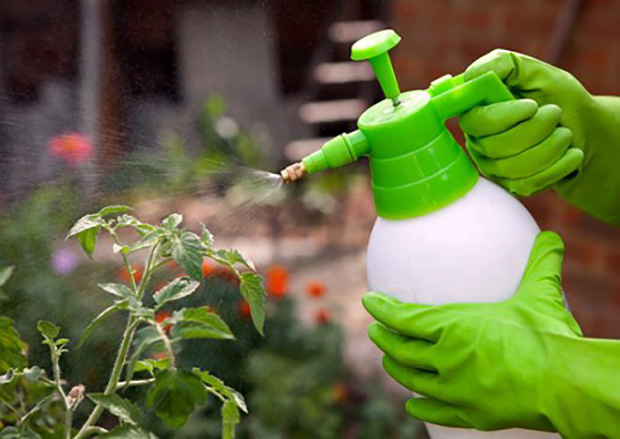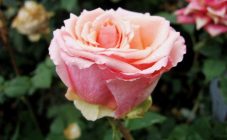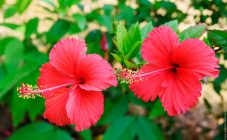Content:
Rosa Explorer is popular among gardeners not only in Russia, but also in foreign countries, where climatic conditions are more severe. The place where this crop was bred was Canada, where breeders were experimenting to obtain improved roses that can withstand severe winter frosts.
Today roses of the Explorer variety are actively grown in different regions of Ecuador and Russia. Florists are engaged in the cultivation of both species and wild varieties that are of Canadian origin.
Description and characteristics of the variety
Rosa Explorer was first cultivated in the second half of the 20th century, and Felicia Seid was in direct control of agricultural technology. Particular attention was paid to those cuttings that were suitable for growing in areas where winter is accompanied by heavy rainfall and severe frosts.
It is worth noting that not all varieties of this variety are frost-resistant, but in any case, their indicators significantly exceed the resistance of roses, which are of European origin. Each subspecies has its own individual aroma that attracts attention and is remembered for a long time. It is almost impossible to confuse the smell of a rose with any other plant.
Rose Pink Explorer is often used to decorate home gardens, and almost any landscape. The indisputable advantages of this culture include the following:
- Hardiness of flowers, which are also able to adapt well to harsh climates.
- High immunity, with the help of which the plant resists various diseases and pests.
- The flowering is abundant and rather long, with a pronounced remontability.
Despite the positive qualities, the Explorer rose has one minor drawback. Compared to the European varieties, the appearance of the Canadian rose is very modest, and also not so pronounced aroma.
Features of agricultural technology for growing roses
In order to grow lush and healthy rose bushes, it is imperative to buy grafted seedlings in garden stores, as well as prepare a site for planting in advance. The plant is able to grow under the influence of direct sunlight and in shaded areas, on any type of soil.
It is necessary to dig small planting holes measuring 70 * 70 cm, fertilize them with humus, wood ash, peat and compost. Then place seedlings in them to a depth of 10 cm so that the roots of the plant have the opportunity to develop. As for the creation of a flowering hedge using the Explorer variety, this can be done by grafting. The scheme of this method looks like this:
- Cuttings should be cut from a powerful healthy plant, the length of which should be at least 20 cm.
- All foliage must be removed, leaving only the two upper leaf plates.
- In a trench, which must be prepared in advance, cuttings should be planted, burying them to the first sheet plate. The distance between seedlings will depend on the planned height of the shrubs (from 40 cm to 1 m).
- After the cuttings of a Canadian rose have been planted, they must be covered with a transparent plastic bottle, shaded with hay or grass from the sun's rays and left in this state for the winter.
With the onset of spring, the cuttings of the Explorer rose form strong and durable shoots that need to be well looked after.
Further crop care and preparation for winter
Despite the fact that the Canadian rose is very unpretentious, for the culture to bloom several times a year, it is necessary to surround it with care and attention. You need to prune the plant with the onset of spring, and remove those shoots that have dried, froze or damaged.
In order for rose bushes to bloom profusely, they need to be fed with mineral complexes, which include nitrogen, potassium and phosphorus. Despite the fact that the plant is quite drought-resistant, it must be watered if the weather is very hot and dry in summer, as well as abundant watering during the feeding process.
Preparation of rose bushes for winter should be given special attention to avoid possible losses. The base of the plant must be mulched using loose compost soil (no more than 3 buckets). Then you need to bend the branches to the soil and "pin" them with the help of wood slingshots. If severe frosts suddenly come, it is necessary to immediately remove all the buds that did not have time to bloom, and then cover the bushes with covering material.
From time to time throughout the winter, it is recommended to spud the rose bushes with snow, as this helps to improve the wintering of the plant. In the spring, it is strictly forbidden to hesitate with the opening of shrubs, because melt water and high air temperatures can lead to the fact that the plant is underpinned. It is best to open Explorer roses in the second half of March.
Disease and pest control
Pests such as sawfly larvae, rose leafhopper and caterpillars can cause tangible harm to the Canadian rose. They cause disruption of the integrity of plant organs, as well as slow down the growth and development of shrubs, which significantly reduces flowering. On the shoots of the culture, large colonies of rose aphids very often appear, which feeds on the sap of the plant, due to which it rapidly grows and multiplies.
The rose, which is greatly weakened by parasites, grows extremely poorly, its shoots are gradually curved, and the foliage curls and crumbles. The buds hardly open or form ugly inflorescences. Experienced florists recommend fighting the pest with the help of insecticides such as Rogor, Karbofos or Antio. With the onset of spring, you need to spray the rose before buds appear on it.
The parasite in the face of rose or fruit rolls has a negative effect on young shoots and leaves of rose bushes. The appearance of the first caterpillars can be seen with the onset of spring, since they feed on barely blossoming buds, and then on young foliage and shoots. Small dispersal of caterpillars can be carefully collected by hand and destroyed. And in the spring, while the buds have not yet blossomed, it is necessary to treat the bushes with any pesticide.
If such an unpretentious beauty as the Explorer rose is surrounded by minimal care, its double fragrant buds and incredible inflorescences will delight summer residents throughout the season. Even a florist who has no experience can create a wonderful rose garden with the help of cuttings of this plant.

